editWhere We Start...
Audience - Identify the main audience of the story. One shouldn’t try to write for everyone as it can lead to a novel that tries to incorporate so much that the story is lost.
Genre – It is important to identify a genre as each genre has its own key elements that are incorporated throughout the story. Furthermore, each genre has its own subgenres which are also beneficial to identify.
Characters – Characters are key, especially characters that feel like real humans (or whatever other species). It is important that characters grow throughout the story and that the reader is able to have strong feelings/opinions about them (e.g., love, hate).
Illustrate, don’t dictate – Don’t tell the reader what has happened or is happening in the story. It is important to be able to illustrate situations and actions that show a reader what is happening and how, instead of merely summarizing the situation.
Main Plot – While subplots can be beneficial and add to a story, it is important that a writer does not lose sight of the initial plot. The story is being written for the purpose of expressing the main plot and should therefore keep it front and center; the story is not being written for the purpose of the subplots.
Let scenes play out – Don’t rush scenes; if the writer feels as though the scene is winding down, use that opportunity to lay the groundwork for the next scene. The story should flow so that readers will be compelled to keep reading.
Conflict – Conflict should be used throughout the story and should prompt the characters to make decisions that cause them to grow. Conflict is key for moving the story forward, as well as for having a lasting impact on the reader.
Revise – Once a novel has been written, it is important to have it revised, either by the writer or a third party. While some writers revise as they write, there is a danger of focusing more on the revision and less on completing the story.
For more information, visit the following websites from which the above points were gathered:
https://www.huffingtonpost.com/2012/06/27/writing-tips-advice-fiction-authors_n_1628537.html
(Add / Edit TexteditOnline Writing Resources
|
WritersDigest.com is one of the key resources for writers and the writing community as a whole. Writer’s Digest allows writers to connect with one another, and provides digital newsletters, weekly writing prompts, access to writing contests, online writing conferences/workshops, and articles relating to the art of writing. |
|
WritersDigestShop.com is a direct link to the Writer’s Digest shop where resources can be purchased. Additionally, this is where people can search for free articles provided by Writer’s Digest. The resources that can be accessed through the Shop are: articles, books, DVDs, workshops, courses, and much more. |
|
Wattpad is an online resource where writers are able to share their stories and/or thoughts. In addition to numerous stories, there are also resources to help writers improve. The link below leads to a Wattpad resource that covers general information one should know before writing a book. |
editFirst-Step Books
|
ISBN: 978-1440348396
Publication Date: January 13, 2017 The Complete Handbook of Novel Writing’s purpose is to help writers create their novel, turning it from thought into reality. This book contains information from a wide array of established writers. The topics covered in this book include how to master plot, characters, dialogue, and point of view; how to develop a voice all your own; how to overcome writer’s block; how to revise your work; and how to publish your novel. This book covers the writing profession and the numerous subjects that fall under its wide scope.
|
ISBN: 978-1440348372
Publication Date: December 30, 2016 The Emotional Craft of Fiction’s purpose is to help writers craft an emotional journey that will keep the audience invested. This book contains information relating to the different types of emotions and moods that can be written into a story; how to craft an emotional world; how to identify and express moral risks, incorporating the inner journey of the character as the story progresses; and how to evoke strong emotions from the reader.
|
|
ISBN: 978-1607742456
Publication Date: July 10, 2012 Wired for Story’s purpose is to inform people of the human brain's natural appeal for stories and how that can be used when writing a novel. This book contains information on how to incorporate the brain’s natural wiring for stories into a novel, how to make the reader care for your characters, how to evoke the reader’s emotions, how to keep the reader engaged and interested, and how to use conflict as an agent of change. |
ISBN: 978-1599634005
Publication Date: October 16, 2012 Writing 21st Century Fiction’s purpose is to provide the information needed to help writers create high-impact novels. This book contains information regarding how one can create fiction that goes beyond the boundaries of genres; how to create characters who the reader feels are real; how to create emotional appeal and use it throughout the story; how to create and utilize metaphors, parallels, and symbols; and how to create one's own style of writing. |
|
ISBN: 978-1582971827
Publication Date: 2002 Writing the Breakout Novel’s purpose is to provide a practical guide on how to write a novel that will stand above the rest. This book contains information relating to creating realistic and powerful scenes, incorporating subplots, writing impactful characters that seem to come to life, incorporating theme into a story, creating tension that keeps the reader glued to the book, and adding that spark that makes a novel stand out as unique. Accompanying the information are examples from modern work. |
|



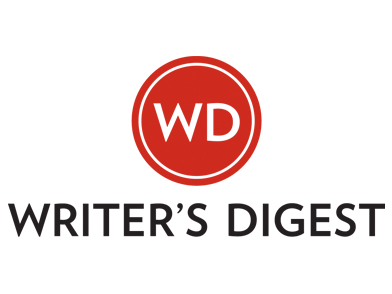


 Add New Box
Add New Box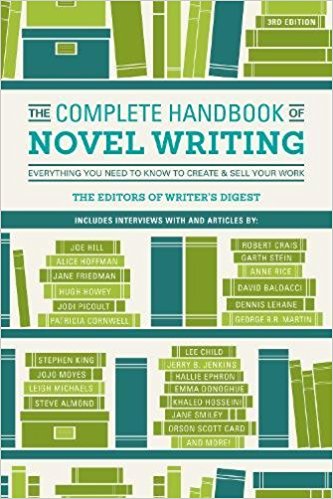
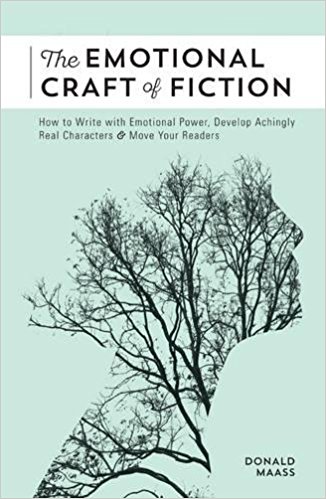
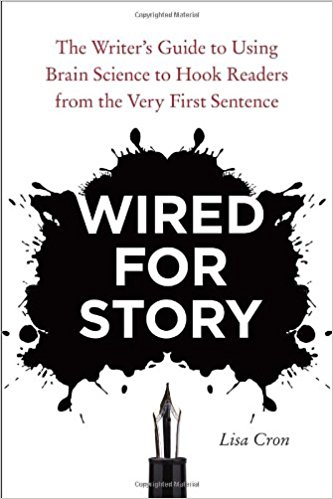
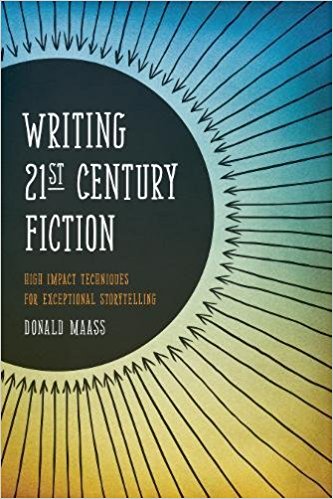
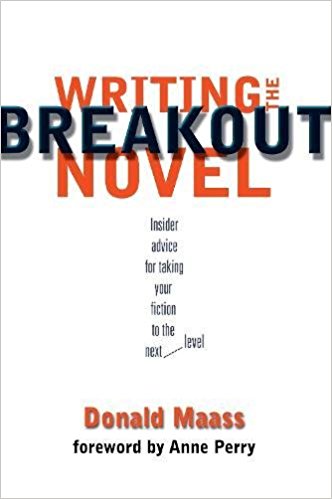
 Loading content... please wait
Loading content... please wait

